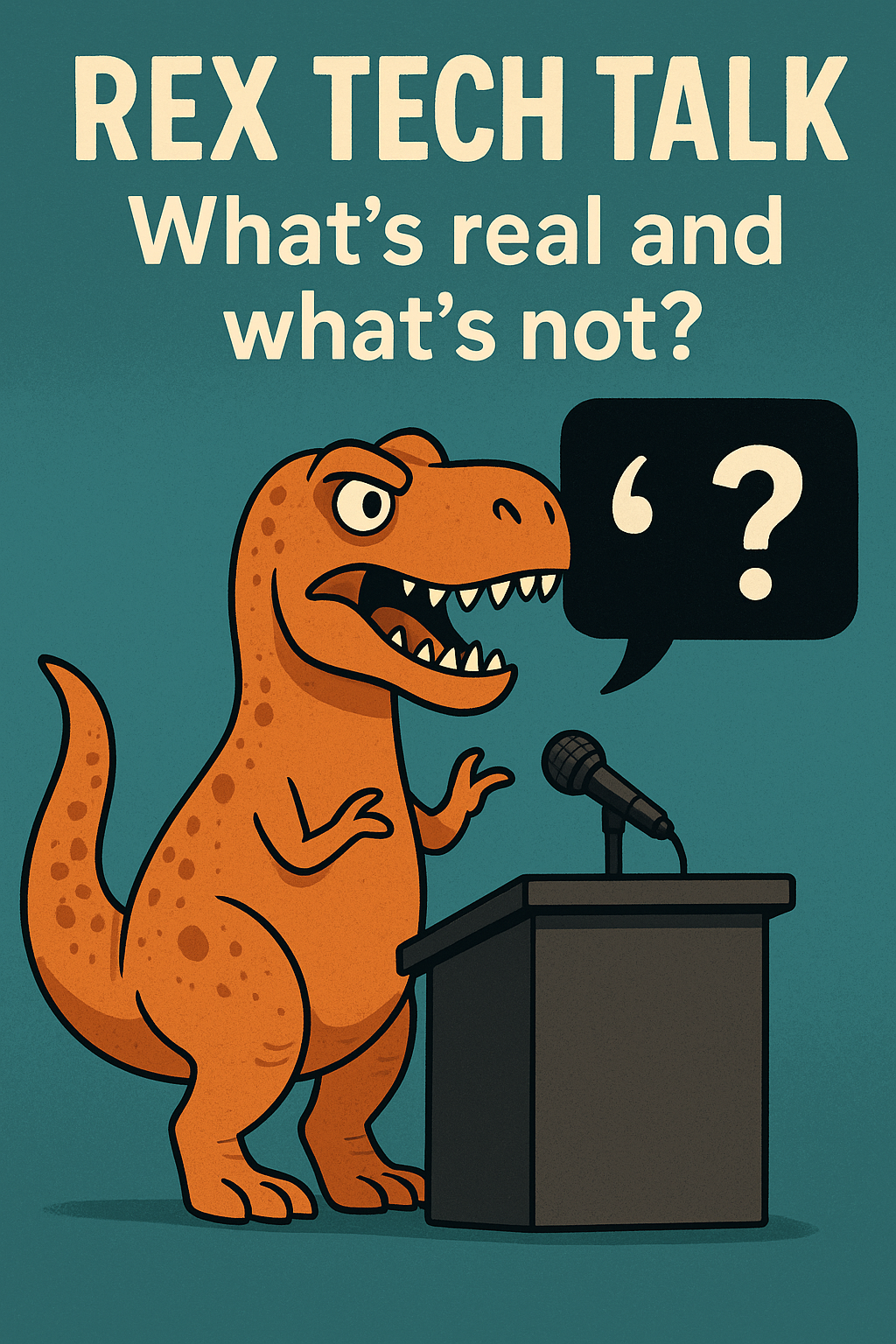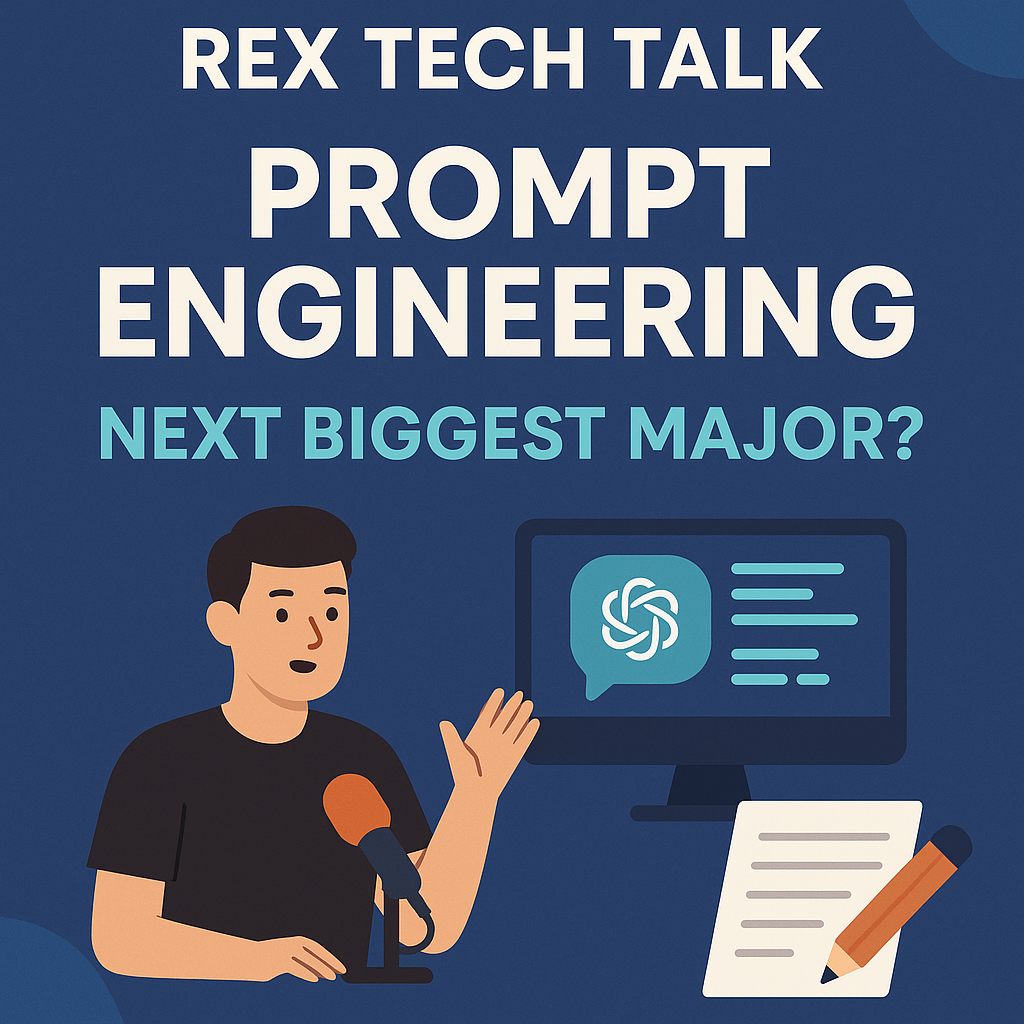Assessment Pedagogy in Rex K–12’s AI Curriculum – Measuring What Matters
Assessment is often treated as an end point—a final grade or score. At Rex K–12, it’s something more. We view assessment as a continuous, learner-centered process woven throughout our AI curriculum across all grade levels.
In this blog from our pedagogy series, we’re spotlighting the role of assessment in AI education not as a mere checkpoint, but as a catalyst for equity, feedback, motivation, and reflection. When students explore complex ideas like fairness, data bias, and model behavior, assessment must evolve beyond multiple-choice tests. It should be as dynamic, interdisciplinary, and ethical as the subject itself.
What Makes AI Assessment Different?
Teaching AI requires rethinking the very concept of assessment:
- Many concepts do not have a single “right” answer.
- Learning outcomes are technical, ethical, collaborative, and creative.
- Students must apply systems thinking and work with real data.
- Student voice, agency, and reflection are core to growth.
At Rex K–12, we believe assessment is learning, not just evaluation.
Guiding Principles
Our assessment design is built on five core principles:
- Formative First: Feedback and guidance throughout learning.
- Performance-Based: Students demonstrate understanding by creating.
- Ethically Grounded: We assess thoughtfulness and responsibility.
- Multimodal: Students show understanding through multiple formats.
- Equity-Focused: Assessment is inclusive, accessible, and student-centered.
Types of Assessment in Rex K–12 AI Learning
1. Formative Assessment
Embedded into daily instruction to check understanding and adjust teaching.
- Exit tickets
- Reflection prompts
- Peer quick-feedback
- Think-pair-share on ethical dilemmas
This keeps learning active, flexible, and responsive.
2. Performance-Based Assessment
Students create something meaningful to show what they’ve learned.
- Book recommendation AI built in Scratch
- Chatbot for new student orientation
- Dataset analysis with reflection on bias
- Prototype app that addresses a school or community need
These assessments capture deeper learning and creativity.
3. Ethical Reasoning Assessments
Students articulate values, impacts, and fairness issues in AI.
- Classroom debates
- Short reflective writing
- Policy pitches
- Case study discussions
Students learn to reason, not just produce.
4. Collaborative Assessment
Group learning mirrors real-world AI development.
- Peer feedback loops
- Team role structures
- Project contribution reflections
Students practice communication, empathy, and shared problem-solving.
5. Capstone Portfolios (Upper Grades)
Students collect evidence of growth over time:
- Prototypes and code
- Written reflections
- Ethics statements
- Project presentations
Portfolios help students articulate who they are as emerging designers and problem-solvers.
Designing Assessments for AI Learning
Strategy 1: Start With Outcomes (Backward Design)
For example:
If the goal is evaluating fairness in AI models → assessment includes analyzing datasets, testing variations, and reflecting on outcomes—not just defining terms.
Strategy 2: Use Clear, Student-Friendly Rubrics
We emphasize:
- Understanding and clarity
- Ethical awareness
- Creative problem-solving
- Communication and reflection
Rubrics are written in plain language so students know exactly what quality looks like.
Strategy 3: Build in Self and Peer Assessment
Students regularly ask:
- What worked in our model?
- What did we change and why?
- How did each team member contribute?
This strengthens metacognition and collaboration.
Strategy 4: Make Reflection a Core Routine
Reflection space is built into every project.
Prompts include:
- “What surprised you?”
- “How did feedback influence your work?”
- “How would you explain your AI to someone younger than you?”
Reflection deepens understanding and confidence.
Strategy 5: Assess Process, Not Just Product
Students document their journey:
- Early design ideas
- Debugging attempts
- Ethical dilemmas they encountered
- Changes made based on feedback
This fosters resilience and inquiry, a core to AI literacy.
Example Project Assessment Flow (Narrative Version)
Grade 8 Project: “Designing a Recommendation System”
Week 1: Students explore real recommendation systems and discuss how they work. Teachers use quick formative checks to identify misconceptions.
Week 2: Students brainstorm their own system. They record early ideas in design journals and exchange feedback with peers.
Week 3: Students build a simple prototype in Scratch or using card-sorting logic offline. Teachers observe collaboration, reasoning, and iteration—not just output.
Week 4: Students present to classmates or a small audience. Assessment focuses on clarity of explanation, ethical awareness, and problem-solving choices.
Week 5: Students reflect on what worked, what changed, and how fairness or bias influenced the design. Reflection becomes the assessment of understanding.
Designing for Equity
Rex K–12 assessments are designed to ensure all students can grow and succeed:
- Students choose how to show understanding (video, essay, prototype, presentation, discussion).
- Lessons include language supports and visual frameworks.
- Tools work with low-tech and no-tech environments.
- Examples and case studies reflect diverse identities and communities.
We assess with empathy, not judgment.
Final Thoughts: Measuring What Truly Matters
AI is about making predictions—but our assessments are not.
We don’t use scores to label students. We use assessment to support growth.
At Rex K–12, we measure not just what students know, but how they:
- Reason
- Reflect
- Collaborate
- Create
- Question
- Imagine what is possible.
We design assessments that prepare students to build AI—and a future—that is ethical, equitable, and full of human possibility.













